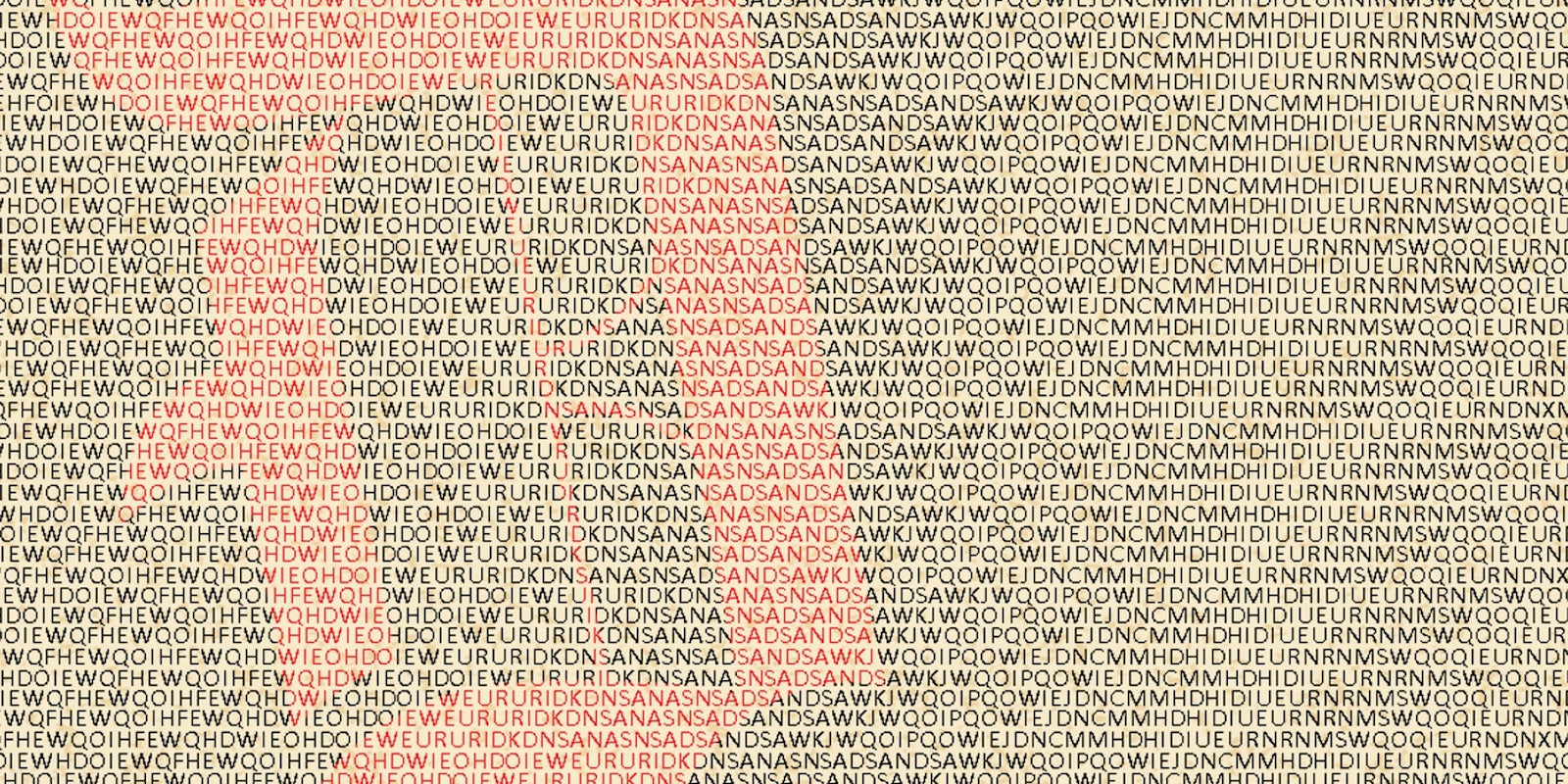Add tweeting pictures of your genitals to the list of things not to do.
The admission of Rep. Anthony Weiner (D.-N.Y) Monday that actually yes, that was a picture of his penis, and that he — not hackers — sent it out over Twitter put a rest to endless theories over how his account might have been hacked — but kept alive the conversation over the difficulty of keeping anything private online.
As revelations of other racy Weiner photos emerged, Weiner also admitted that he’s sent out other less-than-appropriate photos over Twitter to women he’d met online, primarily, he said, through Facebook.
Weiner said he’d meant to send the photo as a joke to Gennette Cordova, a Washington State journalism student with whom he’d exchanged direct messages. Instead of sending it privately, though, he posted it as a public reply visible to all of his followers.
The photo that created a stir — showing an erect penis clad in gray underwear — was sent from Weiner’s account using TweetDeck, an app which by default posts photos on the Yfrog hosting service, the Friday evening proceeding Memorial Day. Conservative blogger Andrew Breitbart posted the photo on his blog. Weiner quickly removed the offending post and picture and said he’d been “hacked.”
Hint to Weiner: If you’re going to lie, make sure you’re not addressing an audience full of people who have the time and political motivation to hold your feet to the fire. Bloggers immediately started pulling apart the story. Several posited theories on how the hack might have happened, ranging from the simple to the complex.
Most theories had a strongly political bent: Those on the right side of the aisle were quick to publish so-called proof that would lead one to conclude that only Weiner could have posted it himself. (In this case, they were apparently correct.)
Those on the left showed how the photo could have been posted by a hacker.
It had all the elements of a political intrigue: There were even fingers pointed at Dan Wolfe, the person who first alerted Breitbart to the picture after seeing it in Weiner’s Twitter stream.
While the hacking theories proved baseless, the amateur investigations did turn up some security problems with the services people use to post photos online. For example, Yfrog’s parent company, ImageShack, does not require people to use verified email addresses to upload pictures, a potential vulnerability.
ImageShack CEO Jack Levin since claimed his system was virtually hack-proof because he said the email addresses to which one sends a photo to upload are nearly impossible to guess.
We now know Yfrog and TweetDeck weren’t responsible for the picture’s posting. Instead, Weiner’s hubris was.
The moral of the story — even for those of us who aren’t running for public office — is obvious.
First, try not to take pictures of your genitals or other things you don’t want to see published on the Internet.
Second, if you must take those photos, try to only send them out if you want to make them public. (Some had speculated that an enemy had gotten hold of these photos when he left his BlackBerry somewhere. The fact that they were wrong in this case doesn’t change the possibility of such a risk.)
While Weiner publicly posted his photo online for anyone who happened to be up late at night to see, it’s hard to imagine that a politician of his stature would think about sending these pictures at all. As Weiner said in the press conference, he was “dumb.”
As everyone has learned many times over, emails circulate. So does voicemail, Facebook messages, private blog posts and yep, private tweets. In other words, don’t do it.
No matter how good you think you look in your gray boxer-briefs.
